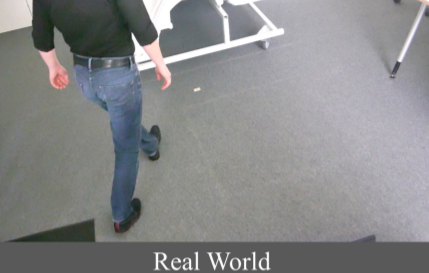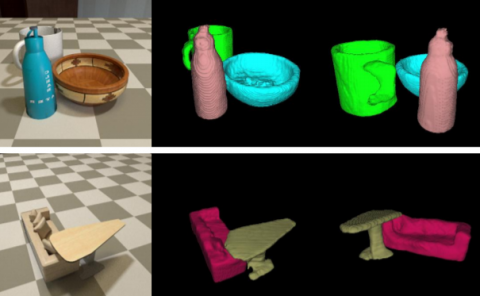Counterbalancing virtual reality induced temporal disparities of human locomotion for the manufacturing industry
PubDate: November 2018
Teams: Daimler AG,Bielefeld Universit,Ulm University
Writers: Philipp Agethen;Max Link;Felix Gaisbauer;Thies Pfeiffer;Enrico Rukzio

c
Abstract
Recently, the significant technological developments of head-mounted displays and tracking systems have boosted a widespread use of immersive virtual reality in the manufacturing industry. Regardless of the respective use-case, however, methods to ensure the validity of the human motion being performed in such virtual environments remain largely unaddressed. In the context of human locomotion, previous work present models quantifying behavioral differences between virtual reality and the real world. However, those findings are not used in control experiments to post-hoc counterbalance VR-induced performance modulations. Consequently, the prediction quality of previous analyses is not known. This paper bridges this gap, by testing such a behavior model in the context of an independent experiment (n = 10). The evaluation shows that a model derived from literature can indeed be used to post-hoc correct temporal disparities between locomotion in the real world and in virtual reality.



